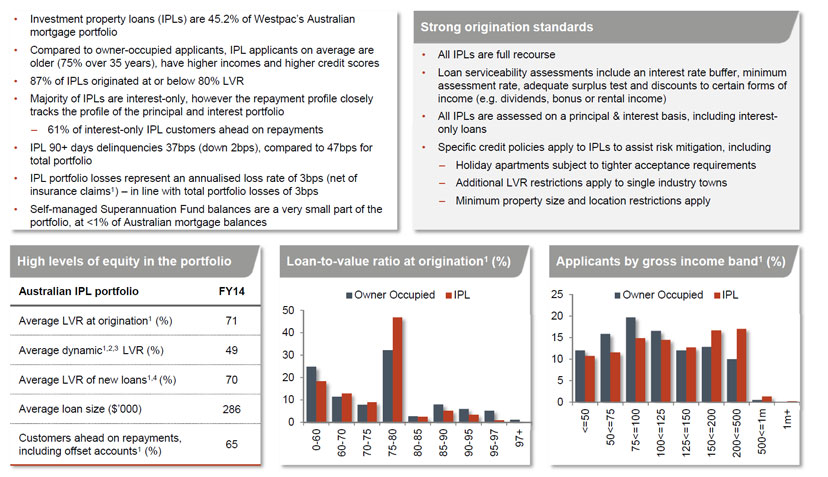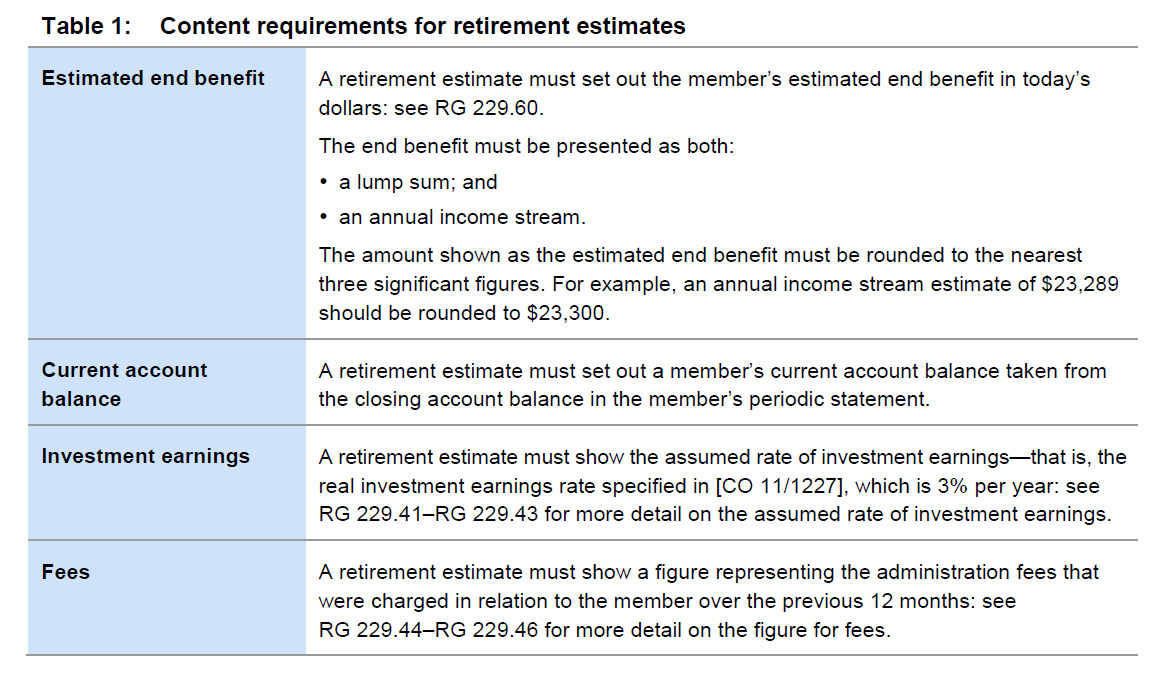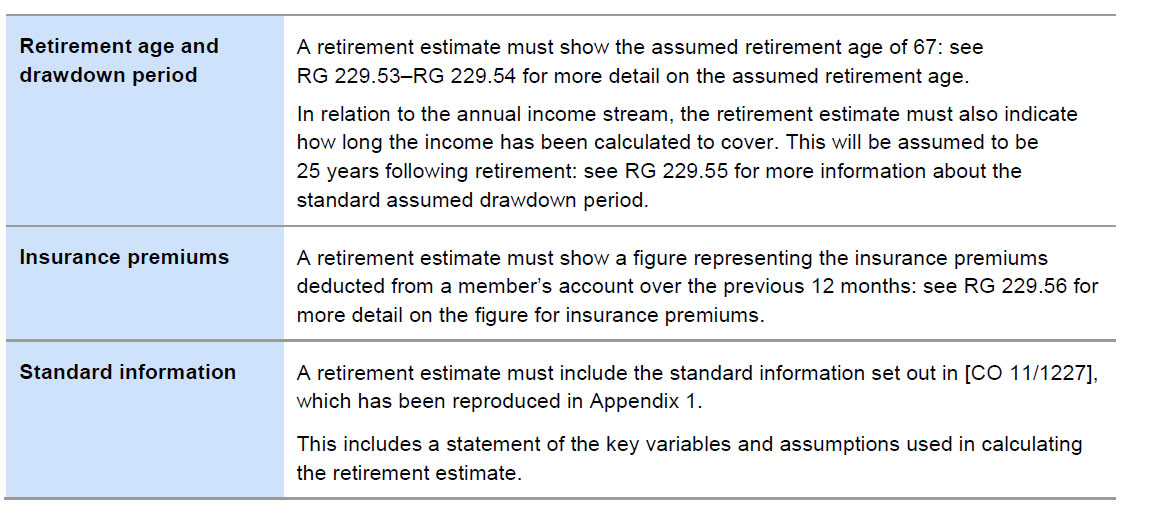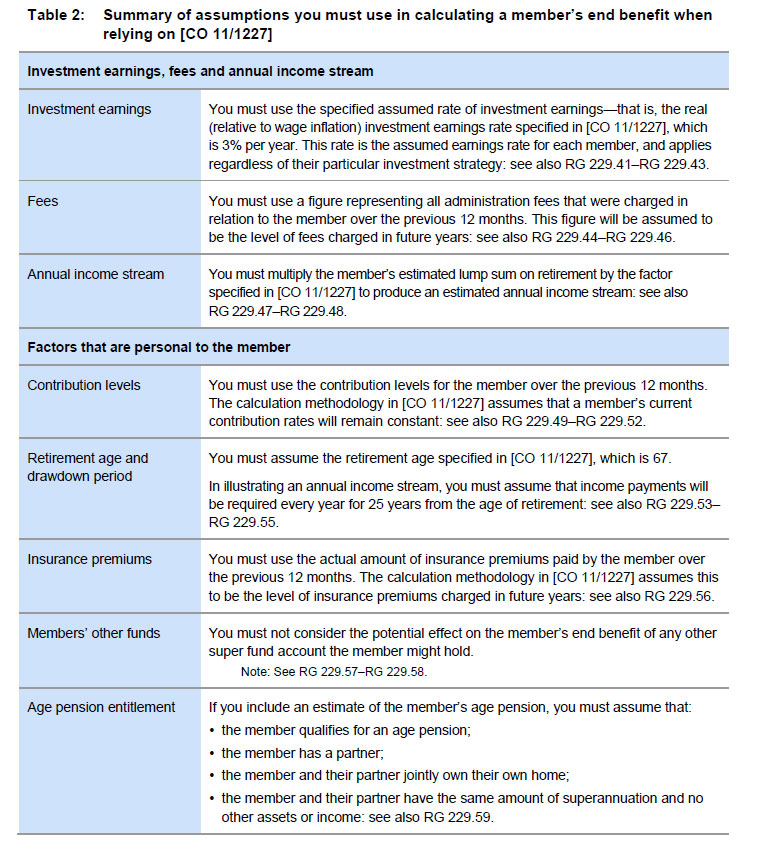ASIC crackdown stops another payday lender from overcharging consumers.
Fast Easy Loans Pty Ltd has agreed to refund more than 2,000 consumers a total of $477,900 following ASIC’s concerns that it charged consumers a brokerage fee where it was prohibited from doing so.
From September 2010 to June 2013, Fast Easy Loans Pty Ltd (Fast Easy) acted as the broker for a related lender, Easy Finance Loans Pty Ltd (Easy Finance), and unlawfully charged consumers a brokerage fee in excess of certain state and territory interest rate caps. In charging a brokerage fee, Fast Easy engaged in credit activities without a credit licence.
Fast Easy and Easy Finance operated under a previously commonly promoted business model where consumers dealt with both a broker and a payday lender at the same time, with the entities having the same directors and owners and operating out of the same premises. One reason for using this model was to provide a means (via the broker entity) to charge consumers an amount in excess of state and territory interest rate caps.
Commonwealth legislation introduced a cap on payday loans in July 2013 which supersedes the state and territory-based interest rate caps, and together with further Regulations in June 2014, make it clear that broker costs do not sit outside the small amount loan cap.
Deputy Chairman Peter Kell said, ‘ASIC will act to prevent payday lenders structuring their business to improperly impose fees and charges on consumers.
‘Our message to the industry and those who advise payday lenders is clear; if you set up business models to avoid the small amount loan cap, ASIC will take action’, Mr Kell said.
In response to ASIC’s concerns, Fast Easy has agreed to refund all affected consumers in Queensland, New South Wales and the Australian Capital Territory any amounts paid in brokerage fees above the state-based interest rate caps of 48% by November 2014.
Although the brokerage fee did not exceed any applicable interest rate caps in other states, Fast Easy has also put in place steps to notify consumers in Northern Territory, Western Australia, South Australia, Victoria and Tasmania (where the same 48% state interest rate cap law did not apply) that they can claim a refund for the brokerage fee that was charged.
Easy Finance has also engaged an external legal firm to conduct a compliance review on their current business model to ensure it meets the requirements of the National Consumer Credit Protection Act 2009.
ASIC’s action against Fast Easy means that since 2010, close to $2 million dollars has been paid in refunds to over 10,000 consumers who have been overcharged when taking out a payday loan. Further, payday lenders have been issued with just under $120,000 in fines in response to ASIC concerns about their compliance with the credit laws.
Background
Under the National Consumer Credit Protection Act 2009 (National Credit Act), individuals or businesses who engage in credit activities are required to hold an Australian credit licence.
Any person who does engage in credit activities (such as acting as a broker) without the appropriate licence must not demand or receive any fees or charges from a consumer (s32 National Credit Act)
Prior to July 2013, some States and Territories held laws capping the cost of credit for small amount loans. These laws were superseded by the Commonwealth cap which was introduced in July last year.
A small amount loan, in general terms, is a loan where the amount borrowed is $2000 or less and the term is between 16 days and one year. From 1 July 2013, only the following fees can be charged on small amount loans:
- a monthly fee of 4% of the amount lent
- an establishment fee of 20% of the amount lent
- Government fees or charges
- enforcement expenses, and
- default fees (the lender cannot recover more than 200% of the amount lent).




